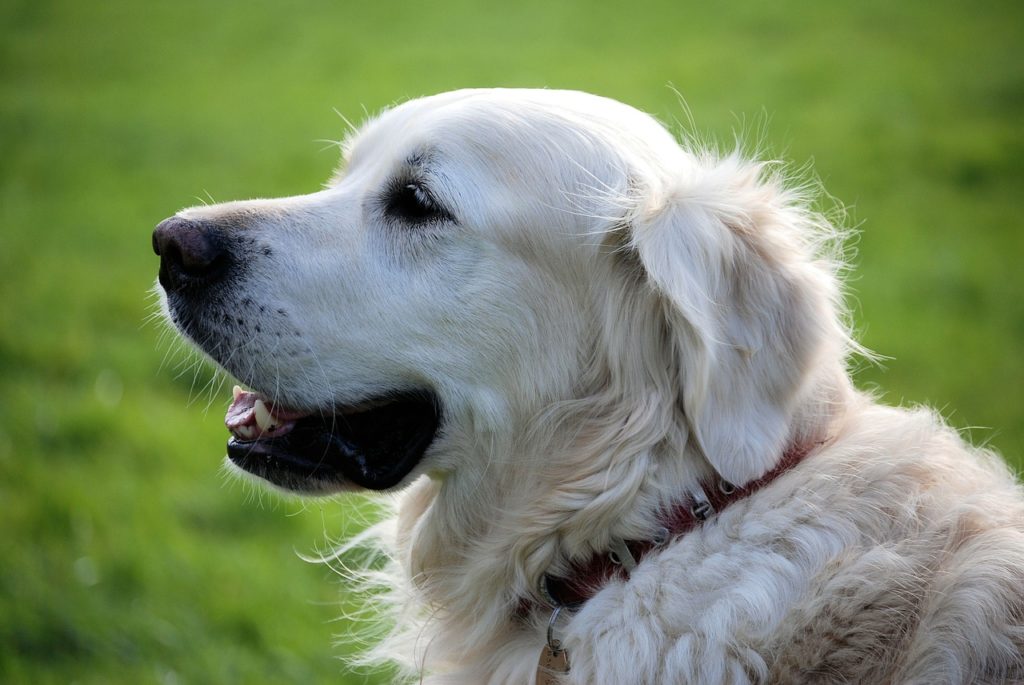The domestic dog is a member of the genus Canis (canines), which forms part of the wolf-like canids, and is the most widely abundant terrestrial carnivore.
The dog and the extant gray wolf are sister taxa as modern wolves are not closely related to the wolves that were first domesticated, which implies that the direct ancestor of the dog is extinct.
The dog was the first species to be domesticated and has been selectively bred over millennia for various behaviors, sensory capabilities, and physical attributes.
Contents
- Etymology
- Terminology
- Taxonomy
- Origin
- Biology
Etymology
The term “domestic dog” is generally used for both domesticated and feral varieties. The English word dog comes from Middle English dogge, from Old English docga, a “powerful dog breed”.
The term may derive from Proto-Germanic *dukkōn, represented in Old English finger-docce (“finger-muscle”) or (as suggested by Piotr Gąsiorowski) the Old English colour adjective dox, meaning “brown” or “tan”.
In either case, the word seems to have been derived via the diminutive suffix -ga also seen in frogga “frog”, picga “pig”, stagga “stag”, wicga “beetle, worm”, among others.
Terminology
- The term dog typically is applied both to the species (or subspecies) as a whole, and any adult male member of the same.
An adult female is a bitch.- An adult male capable of reproduction is a stud.
- An adult female capable of reproduction is a brood bitch, or brood mother.
- Immature males or females (that is, animals that are incapable of reproduction) are pups or puppies.
- A group of pups from the same gestation period is a litter.
- The father of a litter is a sire. It is possible for one litter to have multiple sires.
- The mother of a litter is a dam.
- A group of any three or more adults is a pack.
Taxonomy
In 1999, a study of mitochondrial DNA indicated that the domestic dog may have originated from multiple grey wolf populations, with the dingo and New Guinea singing dog “breeds” having developed at a time when human populations were more isolated from each other.

In the third edition of Mammal Species of the World published in 2005, the mammalogist W. Christopher Wozencraft listed under the wolf Canis lupus its wild subspecies, and proposed two additional subspecies: “familiaris Linneaus, 1758 ” and “dingo Meyer, 1793”.
Wozencraft included hallstromi – the New Guinea singing dog – as a taxonomic synonym for the dingo. Wozencraft referred to the mDNA study as a basis for his decisions.The inclusion of familiaris and dingo by Wozencraft under a “domestic dog” clade has been noted by other zoologists. This classification by Wozencraft is debated by zoologists.

